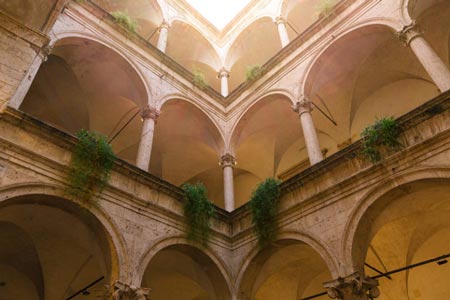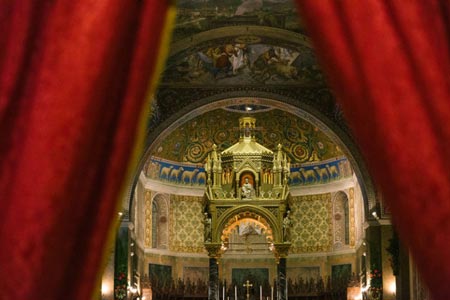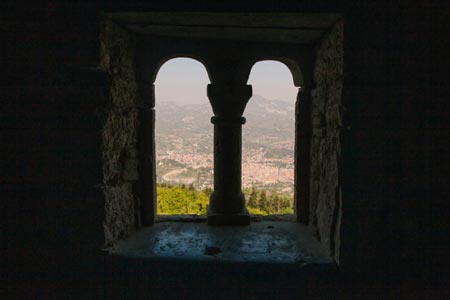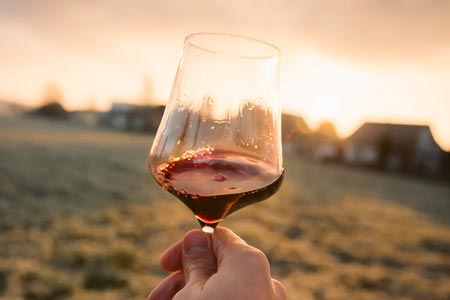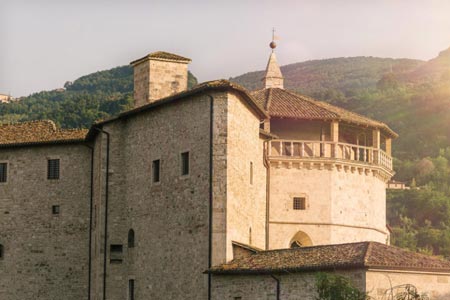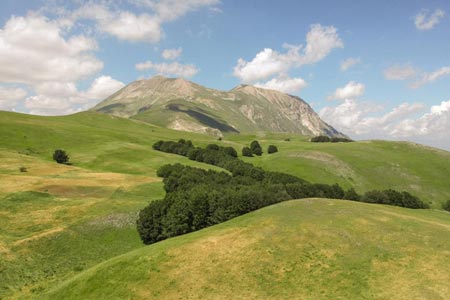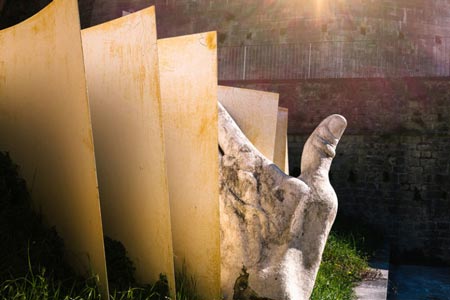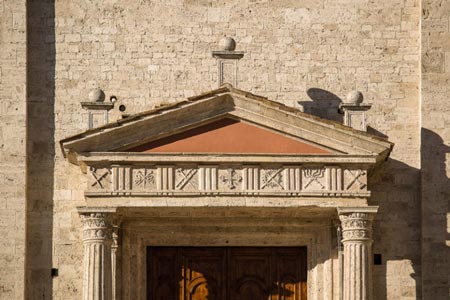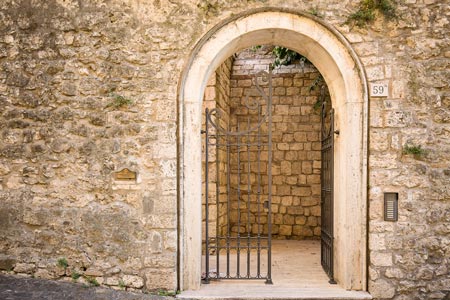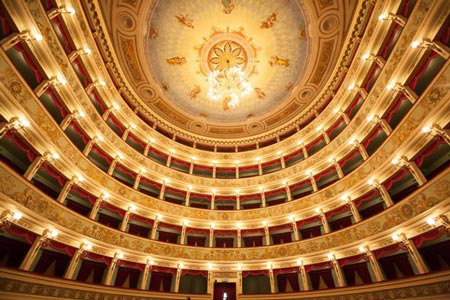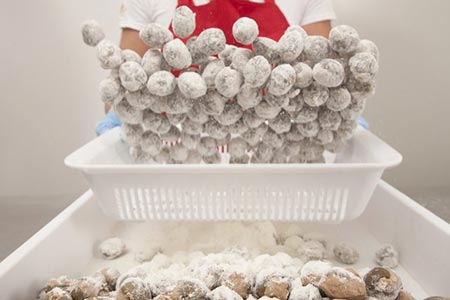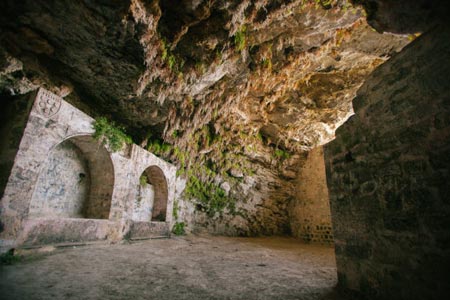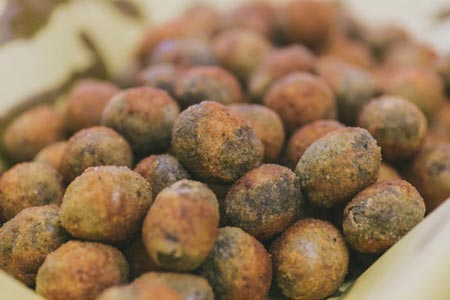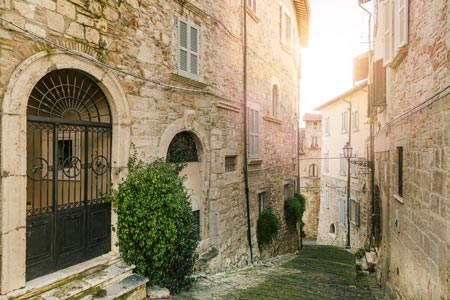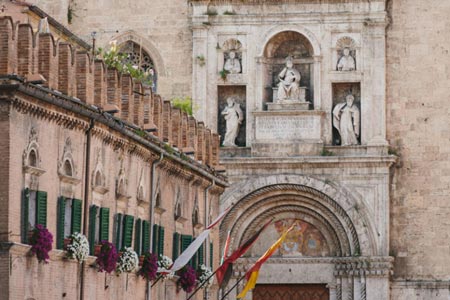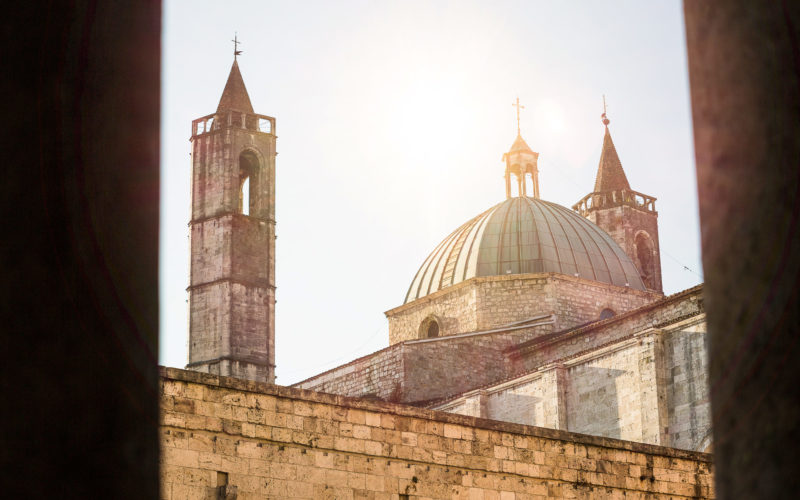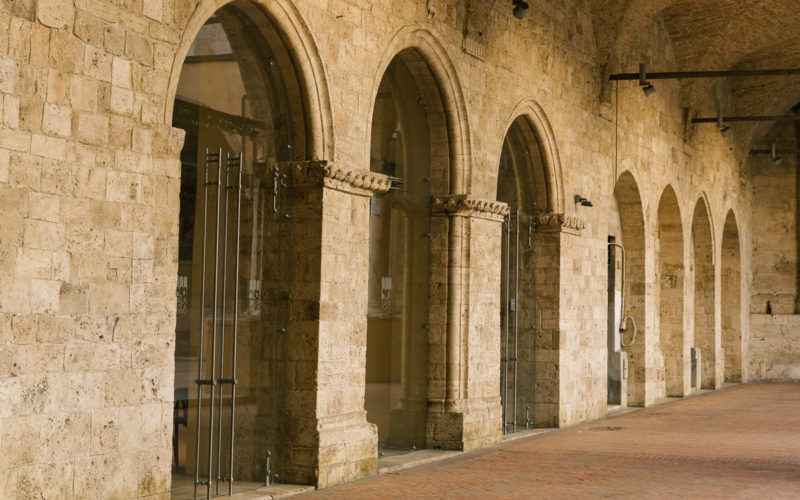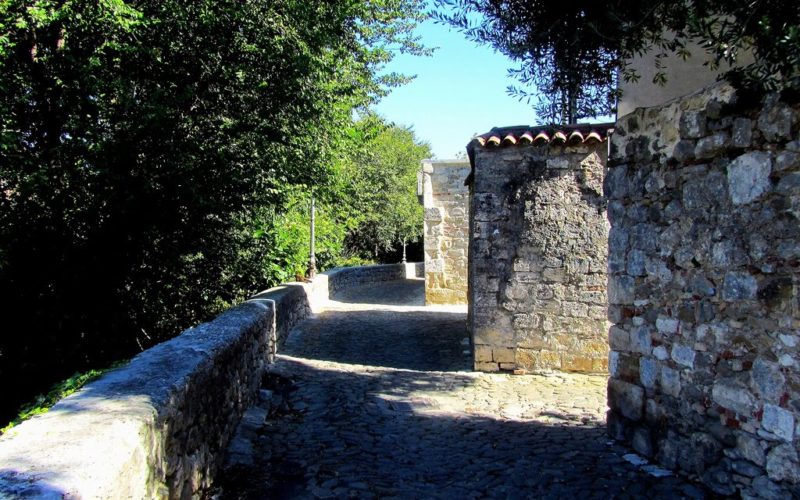Among the must-see places of Ascoli Piceno, the most important one is undoubtedly Piazza del Popolo
“There is no other place in all of Italy where the square can be perceived both as a social and an architectural space like Piazza del Popolo in Ascoli Piceno. This is -as they say- the heart of the town…” (Mario Tozzi, “Viaggio in Italia”).
In the early 16th century, Lombard craftsmen were commissioned to carry out major restoration works on the site. The works, probably based on a design by Berardino di Pietro da Carona at the behest of the governor Raniero de’ Ranieri, transformed the old square into this gem of undeniable beauty. A travertine colonnade with brick vaults was built to cover the medieval workshops overlooking the square, so to give the place a more harmonious and uniform appearance. The works were carried on for two years thanks to public and private funding (1507-09).
The owners of the workshops were allowed to raise their buildings provided they respected very precise rules: use the same materials (travertine and bricks); raise the structure by one storey only, so that all the buildings would be the same height; have the same type of windows. These measures, however, were not enough to create a perfect “Renaissance harmony”: the arches were not the same width, because the pre-existing lost were different. The Ghibelline battlements on top of the colonnade were added later.
Before the successful Reinaissance arrangement, the square had also been the workplace of stonecutters, who used to cut travertine blocks to make the bricks, some of which would later be used for the construction of the Church of St. Francis. The medieval name “Piazza delle scaje” (scaje is archaic Italian for “stone chips, small pieces”) derives from the travertine chips resulting from the stonecutter’s work. The square was also called “Platea superior“, to distinguish it from “Platea inferior“, today’s Piazza Ventidio Basso.
Recent studies and the successful discovery of some remains under the Palazzo dei Capitani, which overlooks the square on its western side, have proved that already in Roman there was a large open and public space where the “macellum” -the food market- was held.
CONDIVIDI I TUOI SCATTI CON GLI HASHTAG: #visitascoli #ascolipiceno2024
AUTHOR: Lella Palumbi, expert in art history
